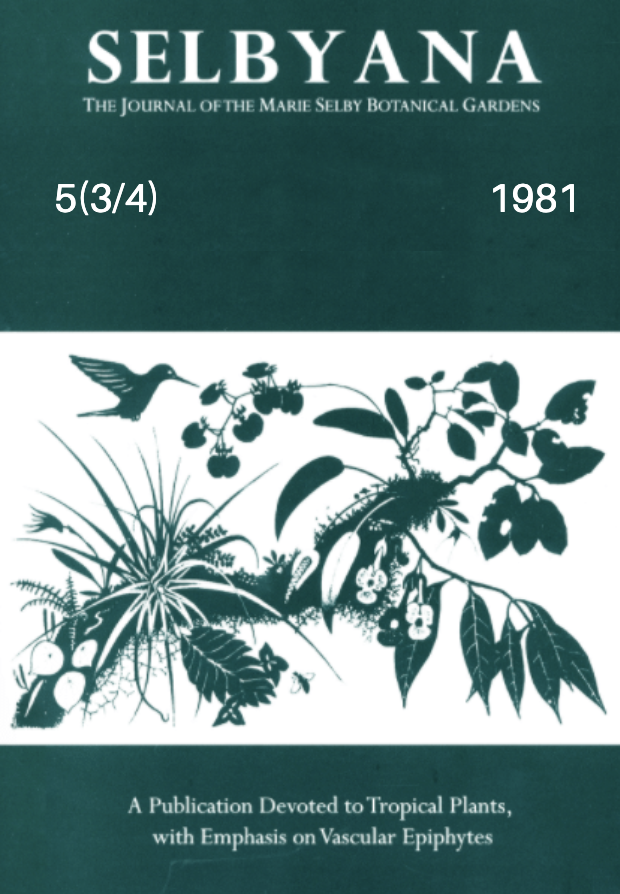Abstract
Extensive research on orchid fragrance components and their function both as pollinator attractants and as ethological isolating mechanisms has been carried out (Hills et al., 1968, 1972; Dodson, 1962;Dodson et al., 1969; Dressler, 1968; Williams and Dodson, 1972). Selective attraction, often species-specific, of male euglossine bees to various orchid flower fragrances has been confirmed by observing and collecting bees drawn to pads saturated with pure samples of floral fragrance components throughout Central America and northern South America (Adams, 1968; Dodson et al., 1969; Williams & Dodson, 1972). Gas chromatographic analyses of fragrances have shown that for every Catasetum species known to have a species-specific pollinator, the flowers of those species produce a species-specific fragrance, and that species of Catasetum which share identical floral fragrances attract the same pollinators (Hills et al.,1972). Such differential pollinator attraction by quantitative and/or qualitative variation in fragrance components can act as an isolating mechanism between sympatric species. Ethological isolation is often supplemented and reinforced by geographical, mechanical, temporal or seasonal, and/or ecological isolating mechanisms (Hills et aI., 1972). Earlier investigations with gas chromatography have shown that species of the Old World tropical genus Angraecum Bory also produce species-specific fragrances, though the pollinators are not euglossine bees (which are confined to the neotropics) but night-flying moths (Dodson et aI., 1969) This report will detail fragrance components in five Angraecum species and in two wellknown intrageneric hybrids.
Open Access and Copyright Notice
Selbyana is committed to real and immediate open access for academic work. All of Selbyana's articles and reviews are free to access immediately upon publication. There are no author charges (APCs) prior to publication, and no charges for readers to download articles and reviews for their own scholarly use. To facilitate this, Selbyana depends on the financial backing of the Marie Selby Botanical Gardens, the hard work and dedication of its editorial team and advisory board, and the continuing support of its network of peer reviewers and partner institutions.
Authors are free to choose which open license they would like to use for their work. Our default license is the Creative Commons Attribution-NonCommercial 4.0 (CC BY-NC 4.0). While Selbyana’s articles can be copied by anyone for noncommercial purposes if proper credit is given, all materials are published under an open-access license with authors retaining full and permanent ownership of their work. The author grants Selbyana a perpetual, non-exclusive right to publish the work and to include it in other aggregations and indexes to achieve broader impact and visibility.
Authors are responsible for and required to ascertain that they are in possession of image rights for any and all photographs, illustrations, and figures included in their work or to obtain publication or reproduction rights from the rights holders. Contents of the journal will be registered with the Directory of Open Access Journals and similar repositories. Authors are encouraged to store their work elsewhere, for instance in institutional repositories or personal websites, including commercial sites such as academia.edu, to increase circulation (see The Effects of Open Access).
